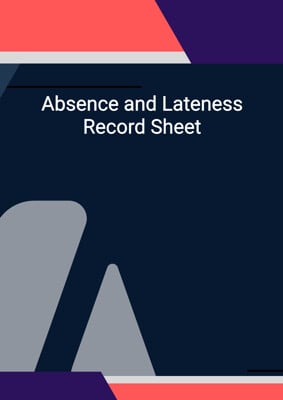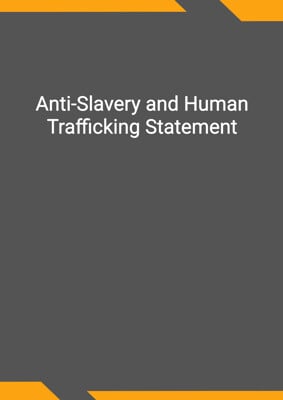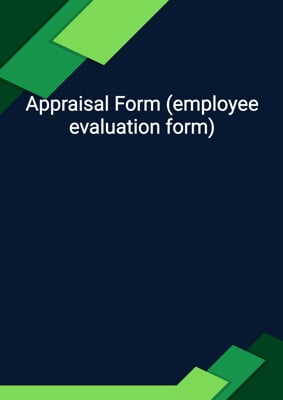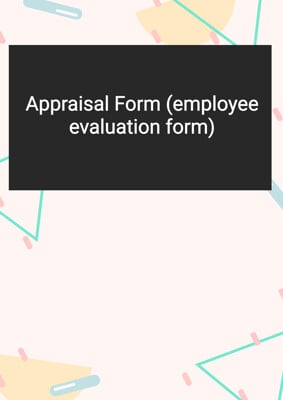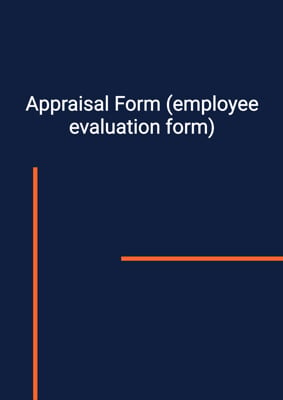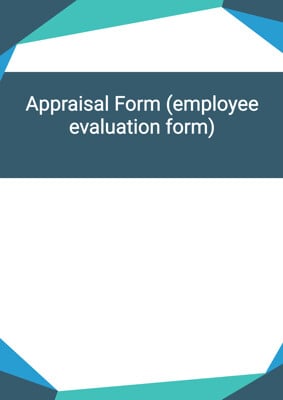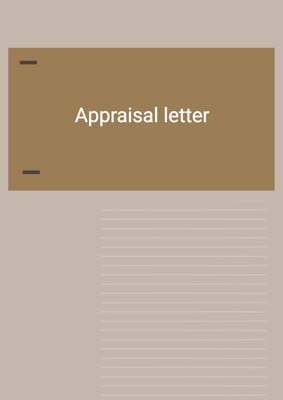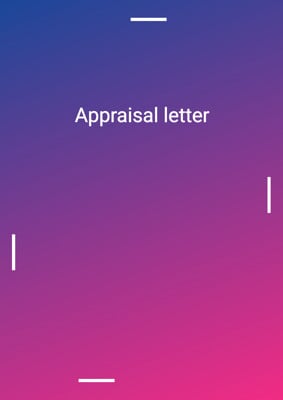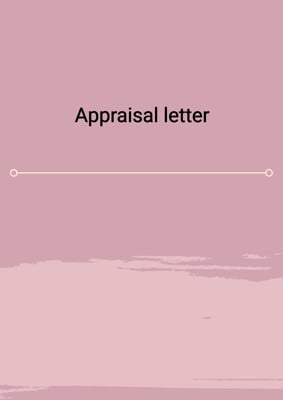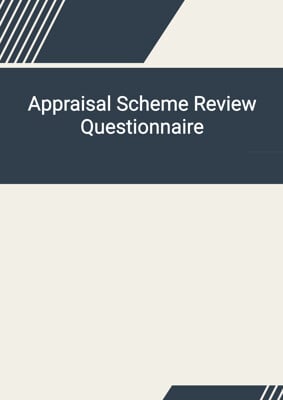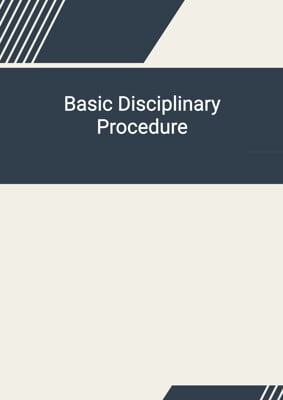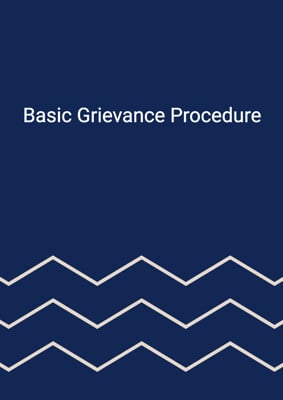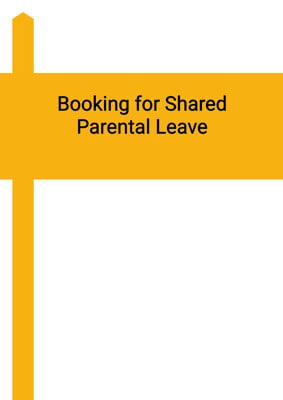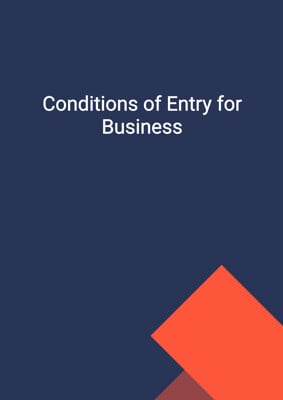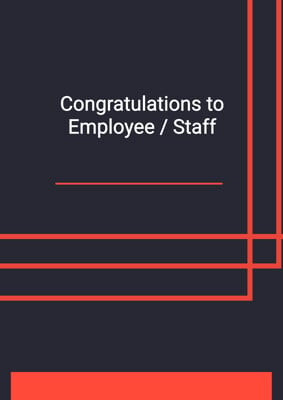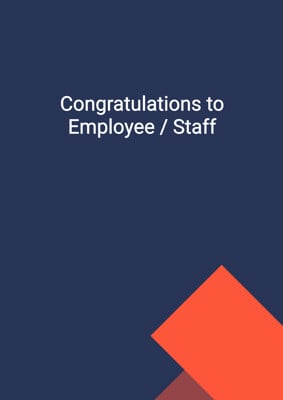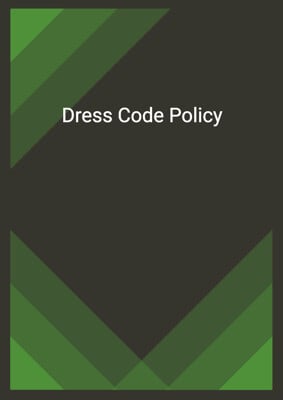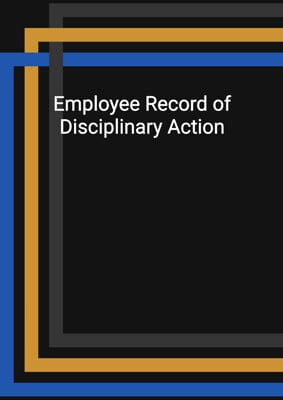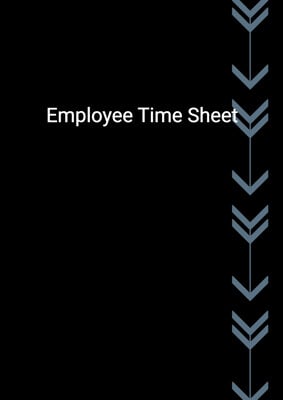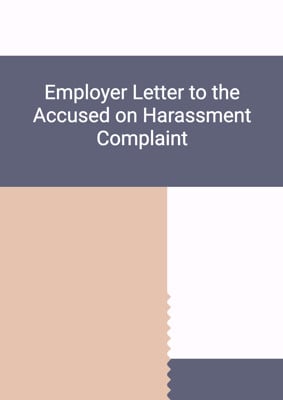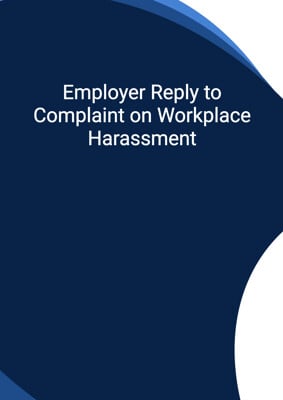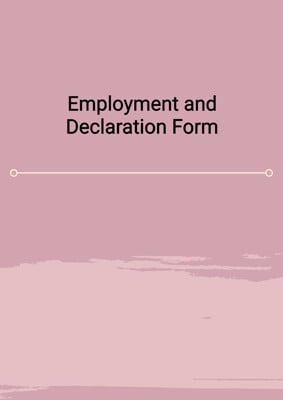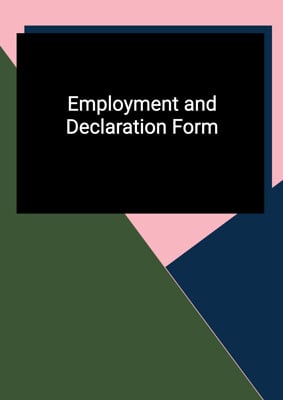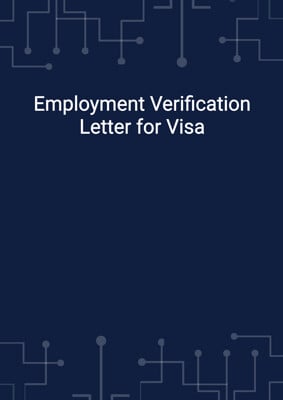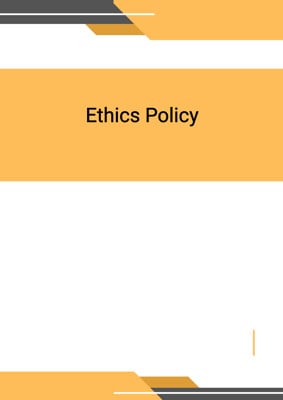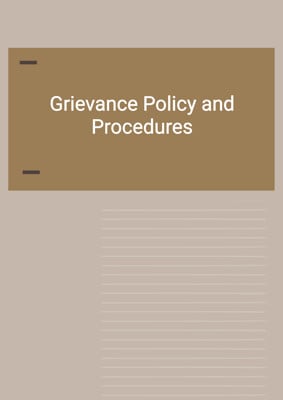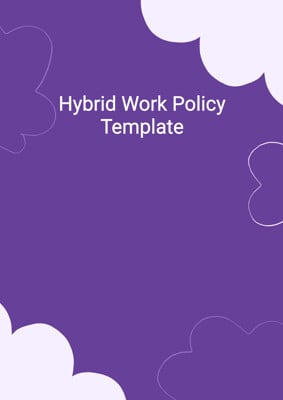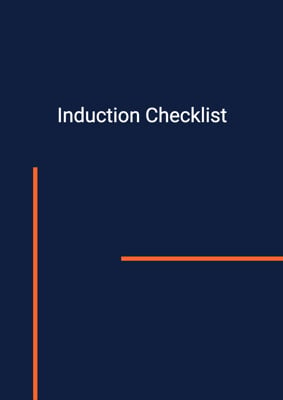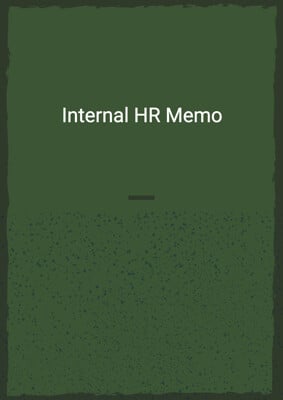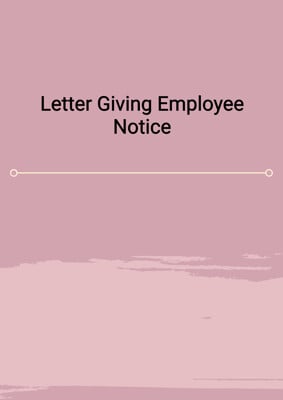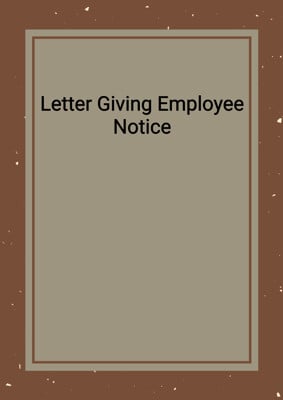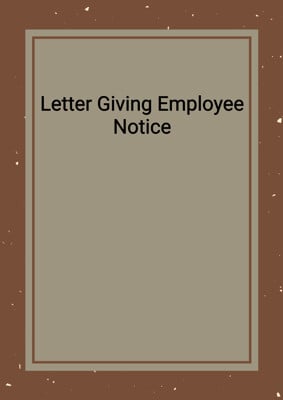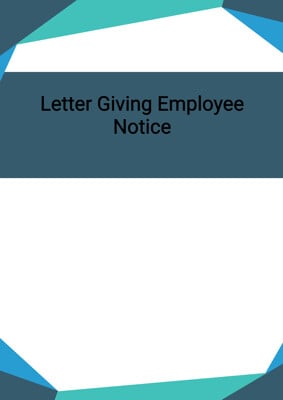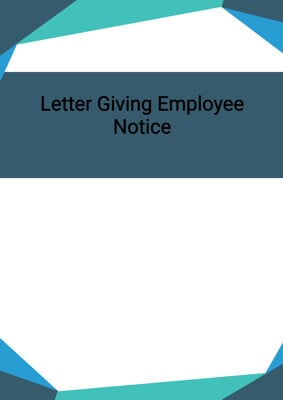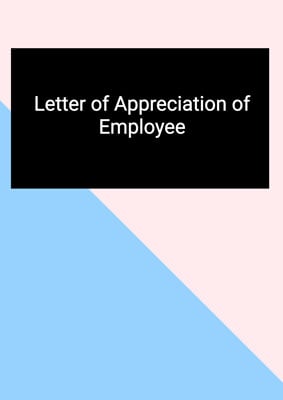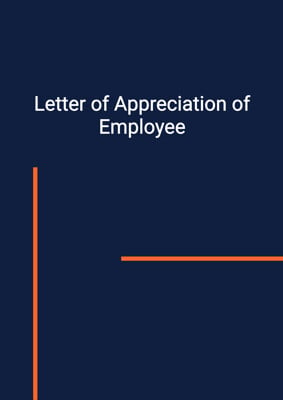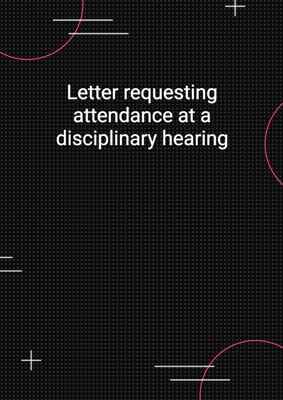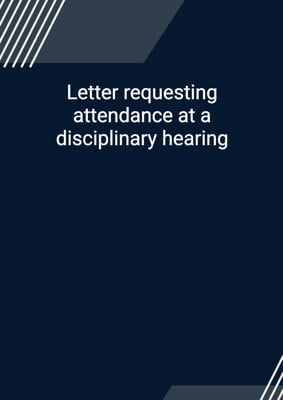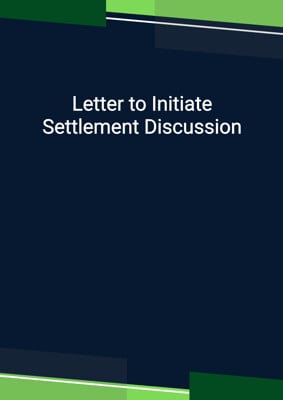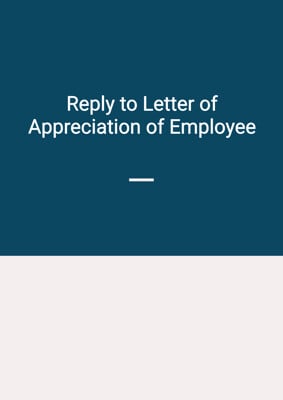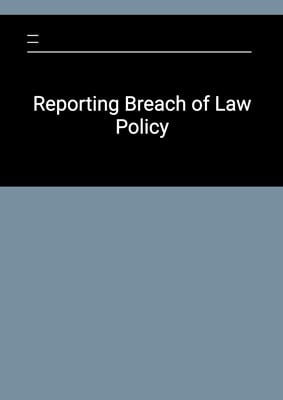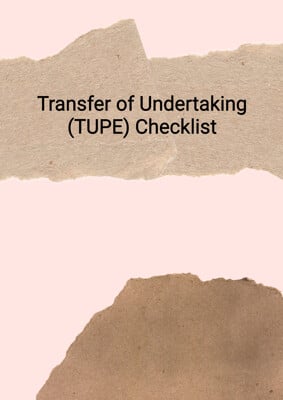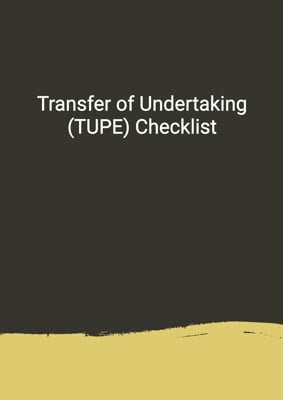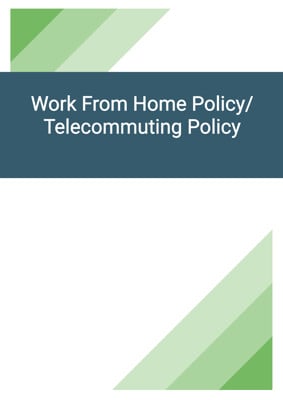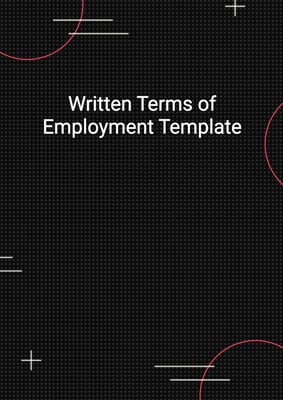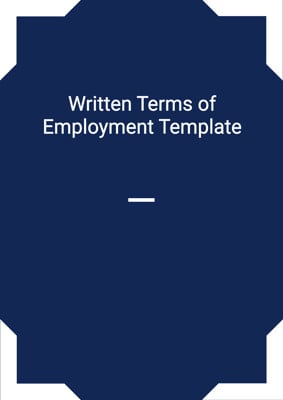
Settlement Agreement Template
Settlement/Release/Transfer
This document can be used as a template for the written terms and conditions for a settlement agreement. It is to be used by the employer / human resources department. It sets out the fundamental terms and conditions that are often used in a settlement agreement.
How to Tailor the Document for Your Need?
01
Create Document
Click "Create Document" button and the document will be prepared with your account details automatically filled in.
02
Fill Information
Please fill in any additional information by following the step-by-step guide on the left hand side of the preview document and click the "Next" button.
03
Get Document
When you are done, click the "Get Document" button and you can download the document in Word or PDF format.
04
Review Document
Please review the document carefully and make any final modifications to ensure that the details are correct before publication / distribution.
Document Preview
Document Description
The Settlement Agreement Template is a legal document that outlines the terms and conditions of a settlement between an employer and an employee. It is important because it provides a clear and legally binding agreement that resolves any disputes or claims between the parties. The document begins with a background section, which states that the employee has been employed by the employer and that both parties have agreed to settle the particular claims outlined in the agreement. It also clarifies that the employer is entering into the agreement without admitting any liability.
The document includes definitions and interpretations to ensure clarity and understanding. It explains that 'claims' refer to any claim or causes of action that the employee has or may have against the employer, and 'particular claims' are the specific claims being settled by the agreement. The termination date is defined as the date on which the employee's employment will end.
The agreement covers various aspects of the termination, including the notice period and payment. It states that the employee's employment will terminate on the termination date, and the employer will continue to pay the employee's wages/salary and bonus/commission up to and including the termination date. It also mentions the payment for accrued but untaken holidays. Alternatively, the employer may choose to pay the employee a sum in lieu of notice, which includes wages/salary, bonus/commission, accrued but untaken holidays, and other relevant amounts.
The document emphasizes the withdrawal of proceedings and waiver of any further claims. It states that the employee accepts the agreement as a full and final settlement of all the particular claims outlined in the agreement. The employee agrees to withdraw any proceedings that have already been presented and not to present any further claims related to the particular claims. Both parties acknowledge that the agreement is intended to settle all the particular claims.
The settlement payment is a crucial part of the agreement. It states that the employer will pay the employee a settlement payment within 14 days of receiving a signed copy of the agreement and a signed certificate from the employee's adviser. The agreement also addresses the tax and national insurance implications of the settlement payment and includes an indemnity clause.
The document includes conditions regulating settlement agreements, which lists the legislative provisions that have been satisfied. It also covers the return of employer's and employee's property, confidentiality obligations, employee's representations and warranties, and the employee's advice and costs. The entire agreement and enforceability are addressed, along with the jurisdiction and the exclusion of third-party rights.
Overall, the Settlement Agreement Template is a comprehensive document that covers all the necessary details and terms of a settlement between an employer and an employee. It ensures that both parties are aware of their rights and obligations and provides a legally binding resolution to any disputes or claims.
How to use this document?
1. Termination Date and Notice: The employee's employment will terminate on the termination date specified in the agreement. Both parties will continue to be bound by the terms and conditions of employment until that date.
2. Payment and Benefits: The employer will pay the employee's wages/salary, bonus/commission, and accrued but untaken holidays up to and including the termination date. Alternatively, the employer may choose to pay a sum in lieu of notice. The employee will have no right to any benefits under the terms and conditions of employment after the termination date.
3. Withdrawal of Proceedings and Waiver: The employee accepts the agreement as a full and final settlement of all the particular claims outlined in the agreement. The employee agrees to withdraw any ongoing proceedings and not to present any further claims related to the particular claims.
4. Settlement Payment: The employer will pay the employee a settlement payment within 14 days of receiving a signed copy of the agreement and a signed certificate from the employee's adviser. The tax and national insurance implications of the settlement payment should be considered, and the employee may need to indemnify the employer for any further tax or contributions.
5. Conditions Regulating Settlement Agreements: The agreement satisfies the conditions listed in the legislative provisions mentioned in Annex B of the agreement.
6. Return of Property: The employee must return all property belonging to the employer by the termination date, including records, correspondence, documents, and any other information. The employer must also return any property belonging to the employee.
7. Confidentiality: Both parties agree to keep the existence and terms of the agreement confidential, except for disclosure to immediate family or relevant professional advisers or where required by law.
8. Employee's Representations and Warranties: The employee represents and warrants that there are no circumstances that would justify summary dismissal or breach of the terms and conditions of employment. The employer has relied on these representations and warranties.
9. Employee's Advice and Costs: The employee confirms receiving advice from an independent adviser regarding the terms and effect of the agreement. The employer will pay the employee's reasonable costs incurred in connection with the preparation of the agreement.
10. Entire Agreement and Enforceability: The agreement sets out the entire agreement between the parties and supersedes all prior statements and representations. Any variations to the agreement must be agreed upon in writing. If any term of the agreement is held to be illegal, invalid, or unenforceable, it will not affect the remainder of the agreement.
11. Jurisdiction: The agreement is governed by the law of England and Wales (or Scotland if applicable) and the parties agree to submit to the exclusive jurisdiction of the courts in that jurisdiction.
12. Third Parties: Only the employer and employee have rights under the agreement, and the Contracts (Rights of Third Parties) Act 1999 does not apply.
Please note that this guidance provides a brief overview of the key points in the agreement. It is essential to review the entire document and seek legal advice if necessary to ensure compliance with applicable laws and regulations.
Not the right document?
Don’t worry, we have thousands of documents for you to choose from:
